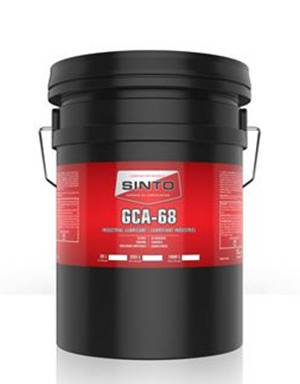Dec . 11, 2024 09:57 Back to list
Understanding the Functionality of Disc Check Valves in Fluid Systems
Understanding Disc Check Valves Functionality and Applications
A disc check valve is a mechanical device designed to allow fluid (liquid or gas) to flow in one direction while preventing backflow. This simple yet effective piece of equipment plays a crucial role in various industrial applications by ensuring the safe and efficient operation of fluid systems.
Structure and Mechanism
The disc check valve typically consists of a valve body, a disc (or flap), and a seat
. The disc is mounted on a pivot or hinge and is the core component responsible for regulating the flow. When fluid flows in the designated direction, the hydraulic pressure lifts the disc off the seat, allowing the fluid to pass through. In the event of reverse flow, the weight of the disc, along with any back pressure, causes it to return to the seat, effectively sealing off the passage and preventing backflow.The design of disc check valves can vary, including configurations like spring-loaded or gravity-operated types. Spring-loaded valves utilize a spring mechanism to assist in closing the disc, ensuring a quicker response to reverse flow. On the other hand, gravity-operated valves rely solely on the weight of the disc to function, making them simpler but possibly slower in high-pressure situations.
Key Features and Benefits
1. Reliability Disc check valves are renowned for their reliability. They provide a simple yet effective solution for preventing back pressure, which can lead to system failures, leaks, or costly damages.
2. Low Maintenance Due to their straightforward design, these valves require minimal maintenance. Regular inspections may suffice to ensure they are functioning correctly, saving time and operational costs.
disc check valve

3. Versatility Disc check valves can be utilized in a broad range of applications, from water supply and sewage systems to chemical processing and oil refineries. They can handle various fluid types, including aggressive chemicals.
4. Compact Design Their compact structure allows for easy installation in tight spaces, making them suitable for both large industrial setups and smaller applications.
5. Reduced Pressure Loss Compared to other types of check valves, disc check valves are known for their lower pressure loss, contributing to more efficient fluid flow and system performance.
Applications in Industry
Disc check valves are indispensable in numerous sectors. In wastewater management, they are often employed to prevent backflow and protect pumps and other apparatus from potential damage. In the oil and gas industry, they aid in maintaining pressure in pipelines and other critical systems, preventing any undesired fluid reversal that could lead to hazardous situations.
Additionally, in water treatment facilities, these valves help maintain the integrity of the system by ensuring that treated water does not flow back into untreated water sources. Their ability to handle high pressures and various environmental conditions makes them ideal for outdoor applications, such as in irrigation systems or stormwater management.
Conclusion
In summary, disc check valves are vital components in modern fluid control systems. Their straightforward design, reliability, and low maintenance requirements make them a popular choice across various industries. As technology advances and industries evolve, the role of disc check valves will continue to be significant, ensuring safe and efficient fluid flow management across multiple applications. Understanding their functionality and benefits can provide valuable insights for engineers and operators looking to optimize their systems for better performance and reliability.
-
Flanged Gate Valve: A Reliable Choice for Industrial and Municipal SystemsNewsAug.20,2025
-
Soft Seal Gate Valve: A Modern Solution for Reliable Pipeline ControlNewsAug.20,2025
-
Gate Valve Types: Understanding the Options for Your Pipeline SystemsNewsAug.20,2025
-
Y Type Strainer: Essential for Clean and Efficient Flow SystemsNewsAug.20,2025
-
Cast Iron Y Strainer: Durable Solutions for Demanding ApplicationsNewsAug.20,2025
-
Flanged Y Strainer: An Essential Component in Industrial Filtration SystemsNewsAug.20,2025
Related PRODUCTS









